Why visit Cuba?
Trapped in a time-warp, Cuba is like a prince in a poor man's coat. Behind the sometimes unkempt facades, gold dust lingers. Most visitors are surprised to arrive in Havana and find, not some grey communist dystopia, but a wildly cheerful place where music emanates from every doorway and even hardened cynics are ensnared by the intrigue and romance. Rhythms and melodies are ever-present in this melting pot of African, European and Caribbean cultures. Witness them at the opera and at the ballet; in the corner bar or through the mesmerizing drumming of a Santería ceremony. Floating halfway between the US to the north and Latin America to the south, Cuba has long struggled to work out where it fits in. Cuba is a country with no historical precedents: economically poor, but culturally rich; visibly mildewed, but architecturally magnificent; infuriating, yet at the same time, strangely uplifting.

What does Cuba bring in mind?
Castillo del Morro
Located in Santiago de Cuba, the Castillo del Morro Spanish fortress is directly south of the city of Havana. The ancient fortress was built in 1589 and guards the entrance to Havana Bay; this is now a major tourist destination for anyone visiting on a Cuban adventure tour.

|
Miramar River Take a day river cruise adventure along the Miramar River, which cuts through this small island country. You usually don’t think of large waterways snaking through an island, but in Cuba, this is available. It is rather interesting to see the difference between the coastal towns and the small villages scattered alongside the river. Just make sure to bring your camera when you stop by and sign up for the day cruise. |
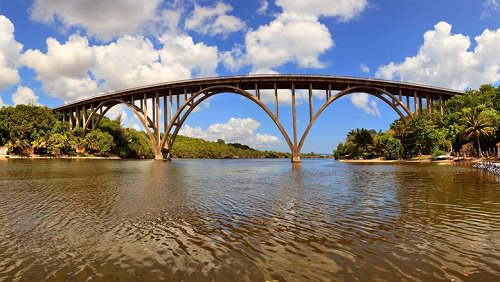 |
Parque Nacional Alejandro de Humboldt
Designated a UNESCO World Heritage Site in 2001, Humboldt's steep pine-clad mountains and creeping morning mists protect an unmatched ecosystem that is, according to UNESCO “one of the most biologically diverse tropical island sites on earth”. Due to the toxic nature of the underlying rocks in the area, plants have been forced to adapt in order to survive. Endangered bird species protected here include Cuban Amazon parrots, hook-billed kites and ivory-billed woodpeckers.
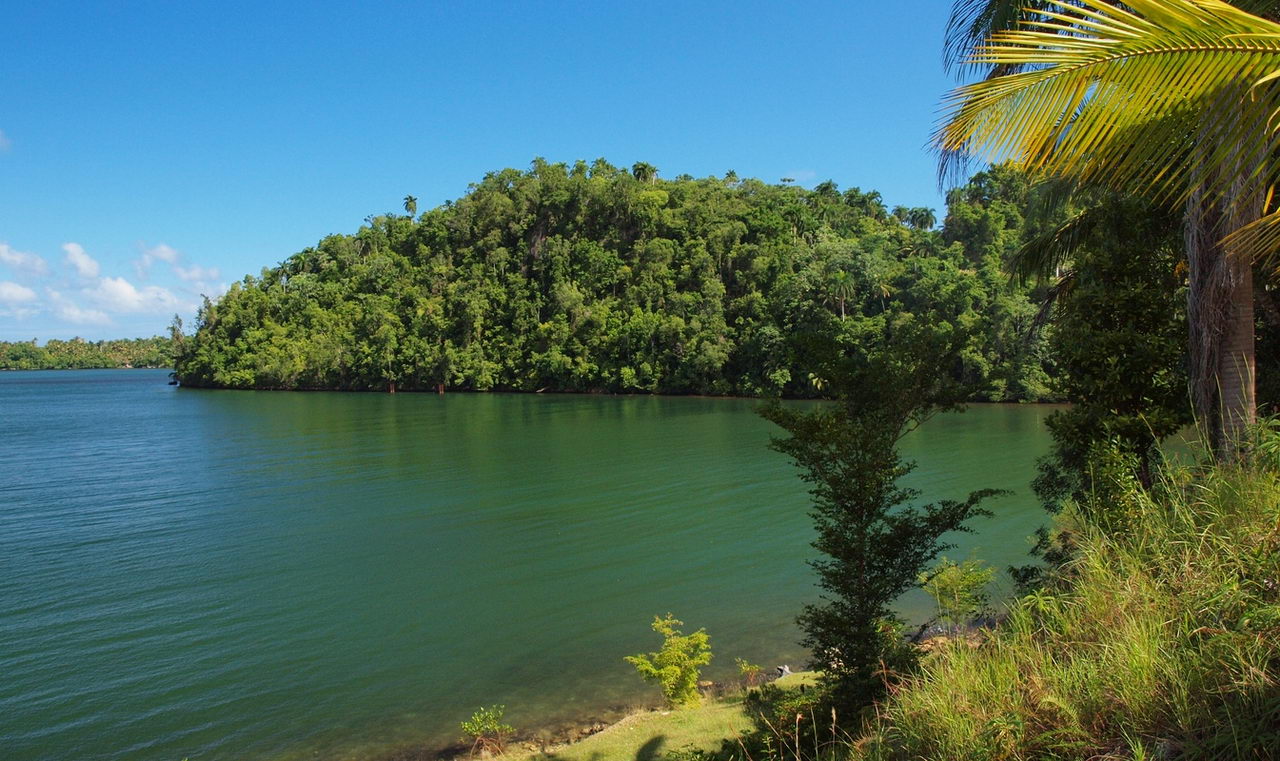
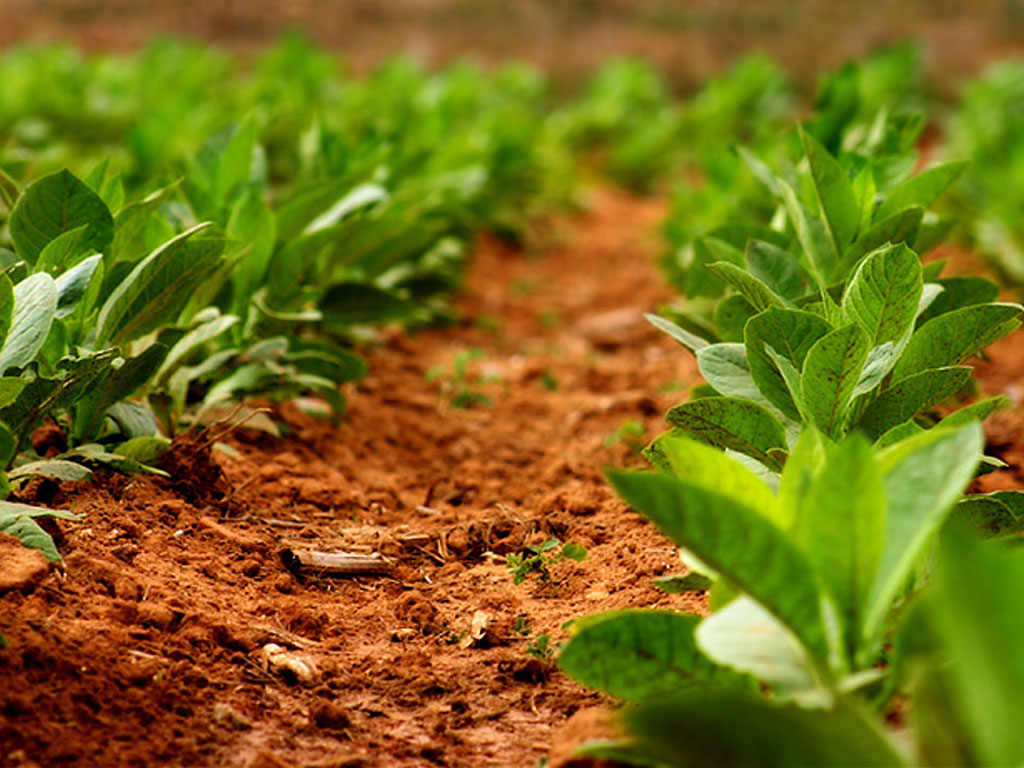 |
Alejandro Robaina Tobacco Plantation This is the only real opportunity in Cuba to tour a working tobacco plantation! The famous Robaina vegas (fields), in the rich Vuelta Abajo region southwest of Pinar del Río, have been growing quality tobacco since 1845. There is a small on-site cafe and all guests receive a souvenir puro (cigar). |
Bask on the beach
Soak up some glorious sunshine from one of Cuba's beautiful beaches, including Playas del Este near Havana, where the locals play, to exclusive island resorts like Cayo Coco. Just 20 minutes from downtown, the beaches of Santa María, known as the Havana Riviera, offer the soft sand and turquoise waters for which the Caribbean is famous.
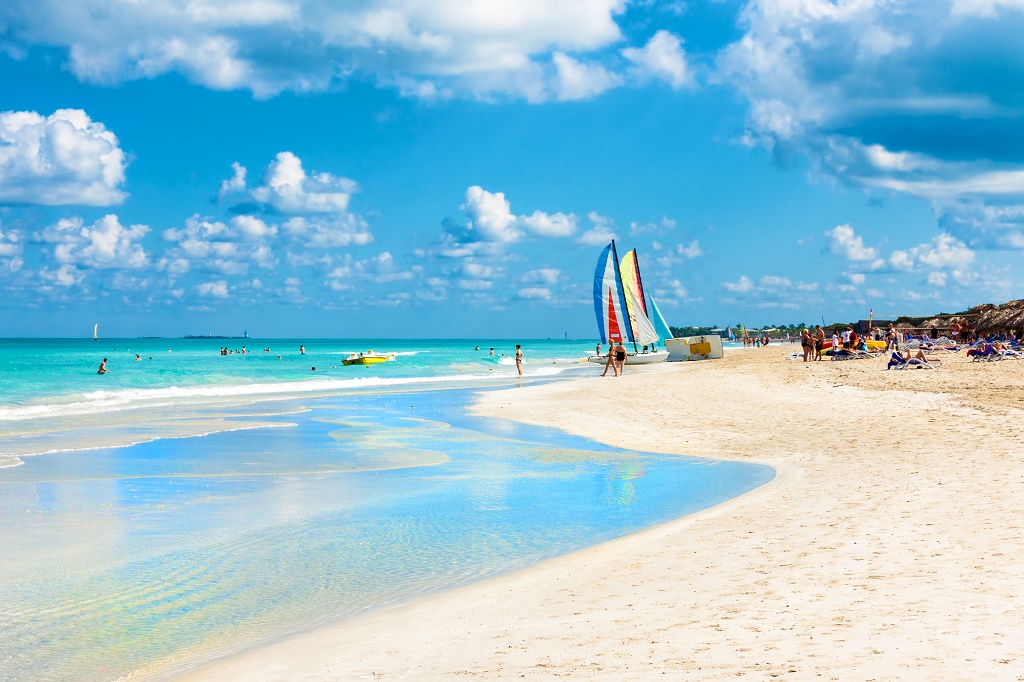
|
Museo Histórico Municipal For Trinidad's showpiece museum look no further than this grandiose structure just off Plaza Mayor, a mansion that belonged to the Borrell family from 1827 to 1830. Later the building passed to a German planter named Kanter, or Cantero, and it is still called Casa Cantero. The view of Trinidad from the top of the tower alone is worth the price of admission. Visit before 11am, when the tour buses start rolling in. |
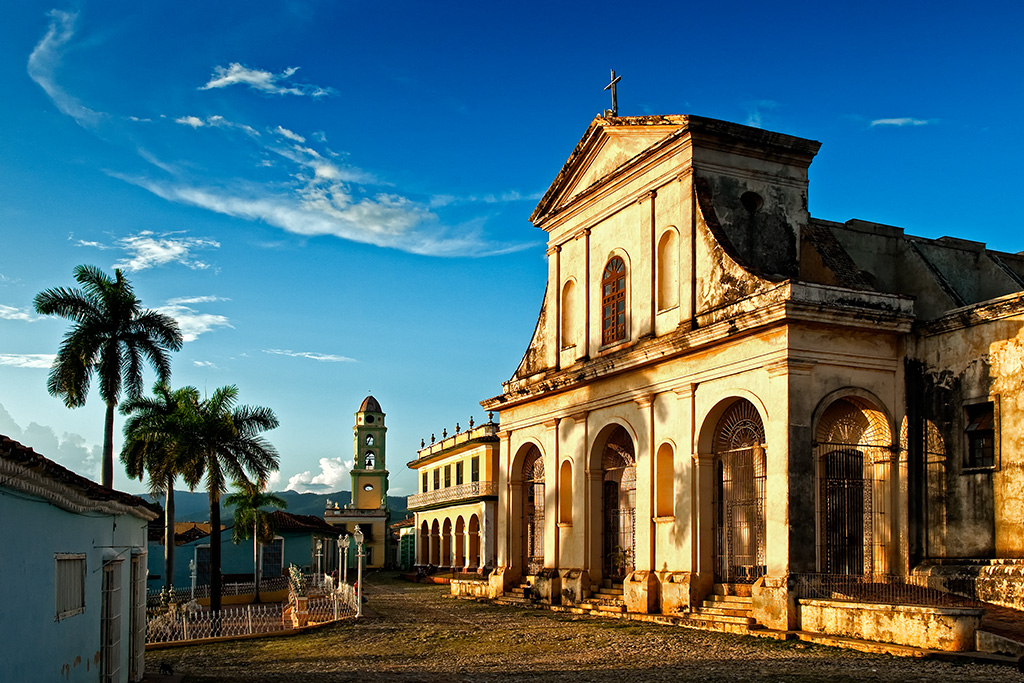 |
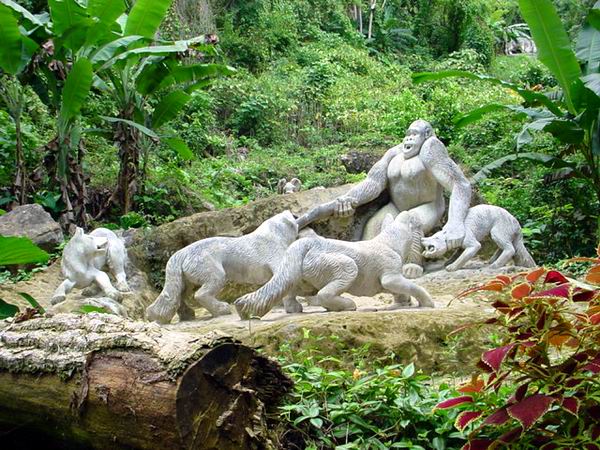 |
Zoológico de Piedras Weird spectacle even by Cuban standards, the Zoológico de Piedras is an animal sculpture park set amid thick plants in the grounds of a mountain coffee farm, 20km northeast of Guantánamo. Carved quite literally out of the existing rock by sculptor Angel Iñigo Blanco starting in the late 70s, the animal sculptures now number more than 300 and range from hippos to giant serpents |
Pico Turquino
This symbolic hike is often tackled from Las Cuevas on the remote coast road 130km west of Santiago de Cuba. If summiting the mountain is your main aim, this is probably the quickest, easiest route. If you want to immerse yourself in the area's history and hike to Comandancia la Plata, set out from Santo Domingo. Both options can be linked in a spectacular through trek with Ecotur (onward transport is better from the Santo Domingo side).
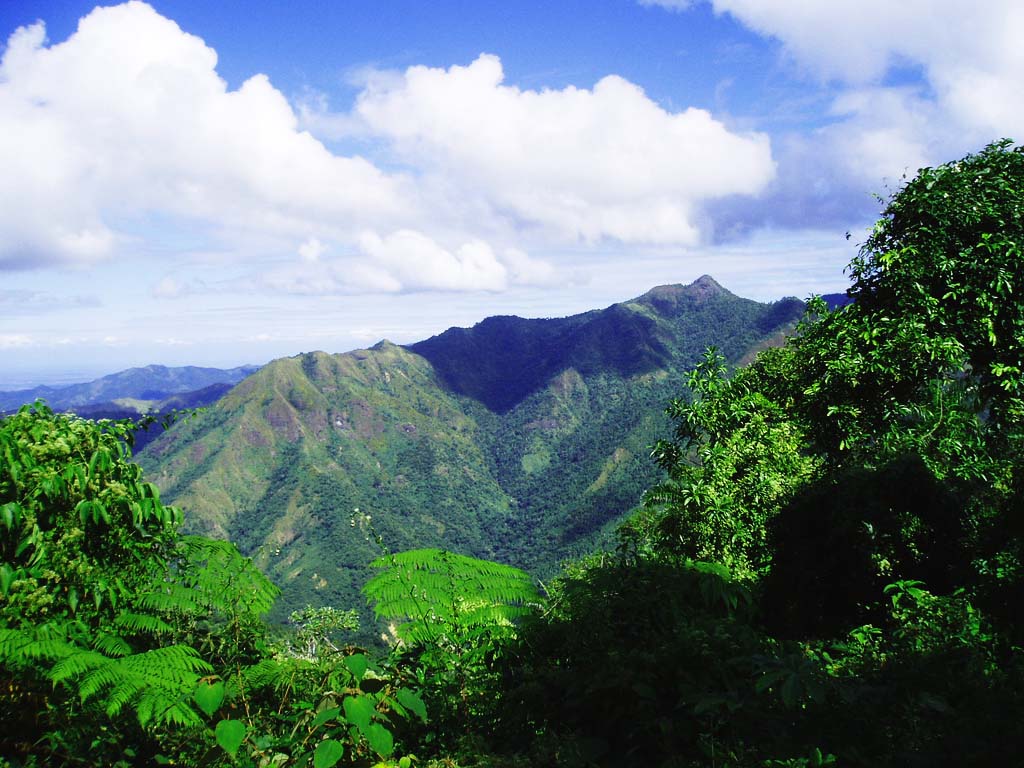
Great things to do in Cuba
-
Dance in the Street: Might seem crazy but dancing down at the Callejon de Hemel is just a normal day in the life of a Cuban. Spontaneous live music is the norm and the pounding Afro-Cuban rumba is a hypnotic draw for passing tourists.
-
Learn how to roll your own cigar
-
Dress head to toe in Che Guevera gear
-
Look at Havana through a convex lens
-
Pop round to Hemingway's for a drink: Given that he died in 1961 you might have to get your own drink, but you can still go around and see his house as he left it. Hemingway's white colonial Havana home has been preserved as Ernest last saw it for all tourists to see.
-
Swim with the Dolphins
-
Drink more Mojitos than you ever have: And make sure they contain the authentic Havana Club Rum for a true experience. Top places to enjoy a Mojito include the Hotel Nacional de Cuba, where the likes of Churchill, Al Capone, Sinatra, Ava Gardner and Nat King Cole supped the good stuff with a beautiful view of the harbor.
-
Party in Santiago de Cuba: As the second city to Havana, Santiago de Cuba can get overlooked, but the relaxed party atmosphere here is one all gapers will fall in love with.
-
Enjoy Water sports in Trinidad de Cuba: Some would say Trinidad was frozen in time. Whether that is a plus or a minus, it definitely makes for an interesting visit. The preserved old palaces and colonial architecture create a fascinating atmosphere. Even more fascinating, for some, are the Caribbean beaches. The best ones are found in Casilda Bay, where the clear waters offer excellent snorkeling and diving.
-
Hang out at the Christopher Columbus Cemetery: An odd suggestion, but the amount of work that has gone into creating the Cemetario de Colon (as it's known locally) makes it well worth a look. The eclectic mix of beautiful tombs make for incredible viewing.
-
Explore the city in a classic 50's car: Cruising around Havana in an open top 50's relic would have to be the highlight of any trip to Cuba. It is the way to take in the sights and think of yourself as just one of the locals.
Cities of Cuba
Havana
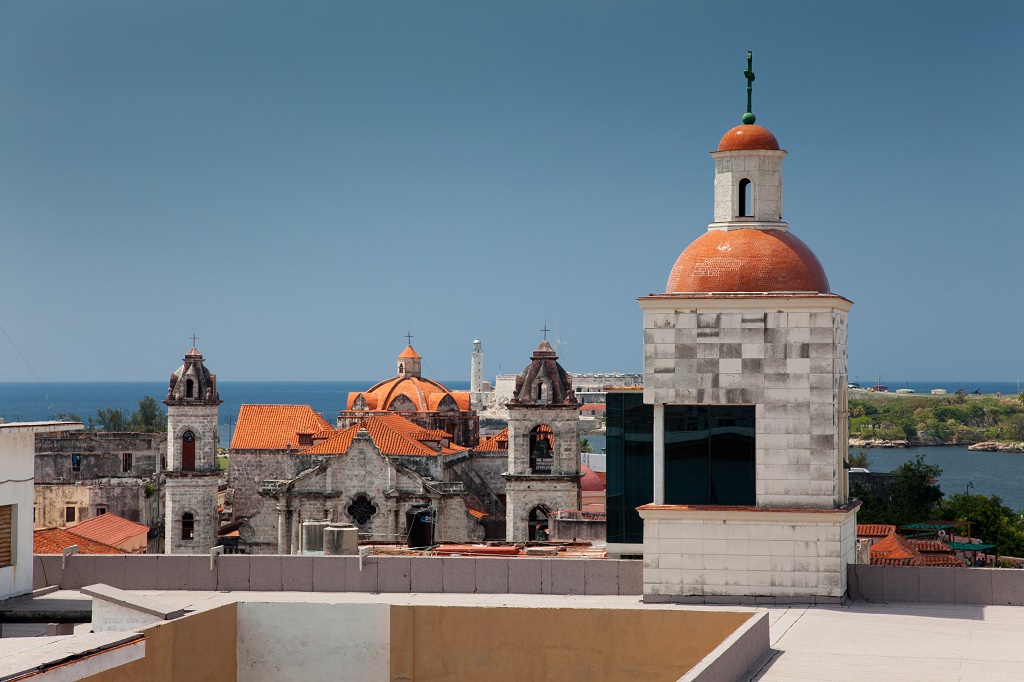
A city of great beauty and vitality, but the island’s largest metropolis is also ripe with the contradictions that pervade Cuban life. Between Old Havana (Havana Vieja) and the Vedado (the tourist-friendly areas in the center of town) sits the Habana, a nineteenth-century residential neighborhood that exemplifies the energy and pulse of the city. Caribbean waters splash against these central areas, and a walk along the long El Malecon promenade provides a great introduction to a Havana vacation. Popular tourist attractions in Havana Cuba include the Museum of the Revolution, the splendid Capitolio Nacional, the Museo de Ernest Hemingway, the famous Fabrica de Tobacos Partagas cigar factory, the Museum of Belle Arts, and the Castillo de la Real Fuerza.
Santiago de Cuba
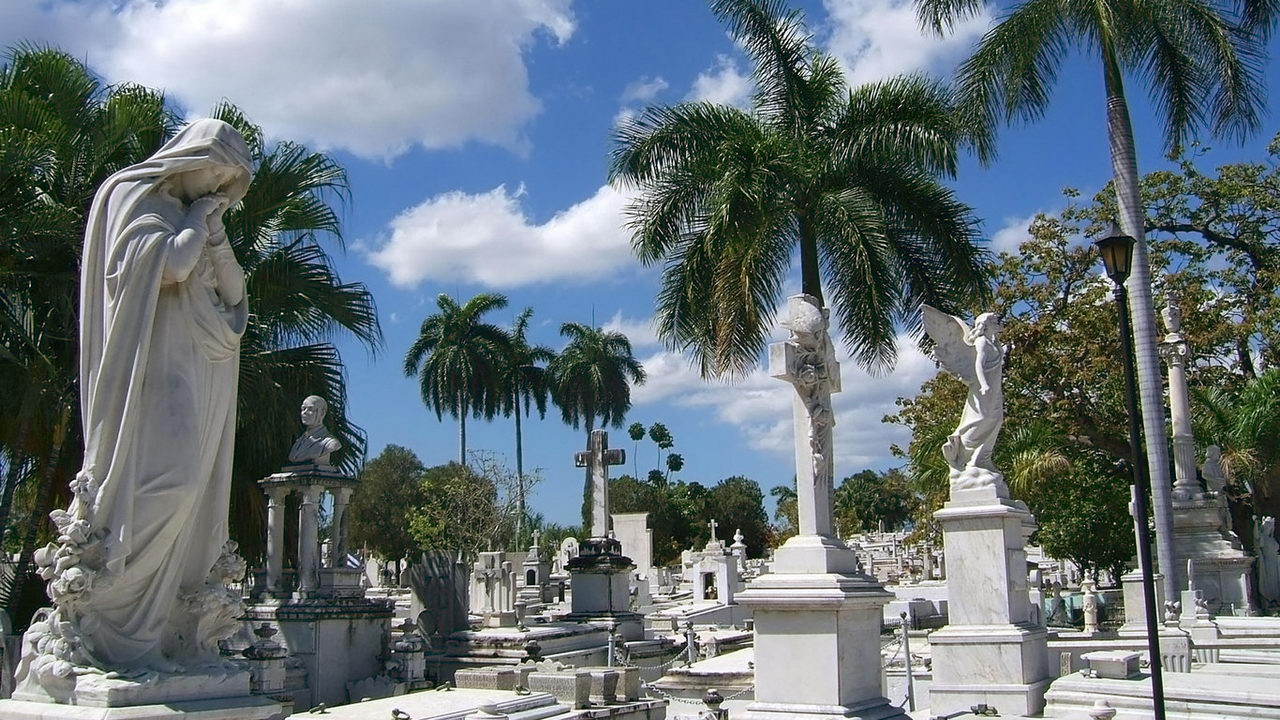
Cuba’s second largest city, Santiago de Cuba has been called the most Caribbean city on the island. The city has a rich history stretching back to colonial days. It has been a source of revolution and is now a center of Cuban music. Afro-Caribbean beats fill the streets of Santiago de Cuba, and the city’s vibrant culture makes a Santiago de Cuba vacation an unforgettable experience. At no time is the unique culture of Santiago de Cuba more evident than during the Santiago carnival. Held each July, the carnival is the most raucous of all Cuban events, with visitors from across the island and around the world flocking to this celebration of religion, music, and Cuban culture.
Varadero

The Varadero region (along with the Cayos) is the best known tourist area of Cuba and is abundant in private resorts, villas and hotels, as well as unspoilt beaches, clear waters and the only full golf course in Cuba. There is also the oldest tourist attraction; the Bellamar Caves which opened to visitors in 1860, the funfare park Parque Josone and a dolphin show and swim opportunity at Delfinario.
Holguin
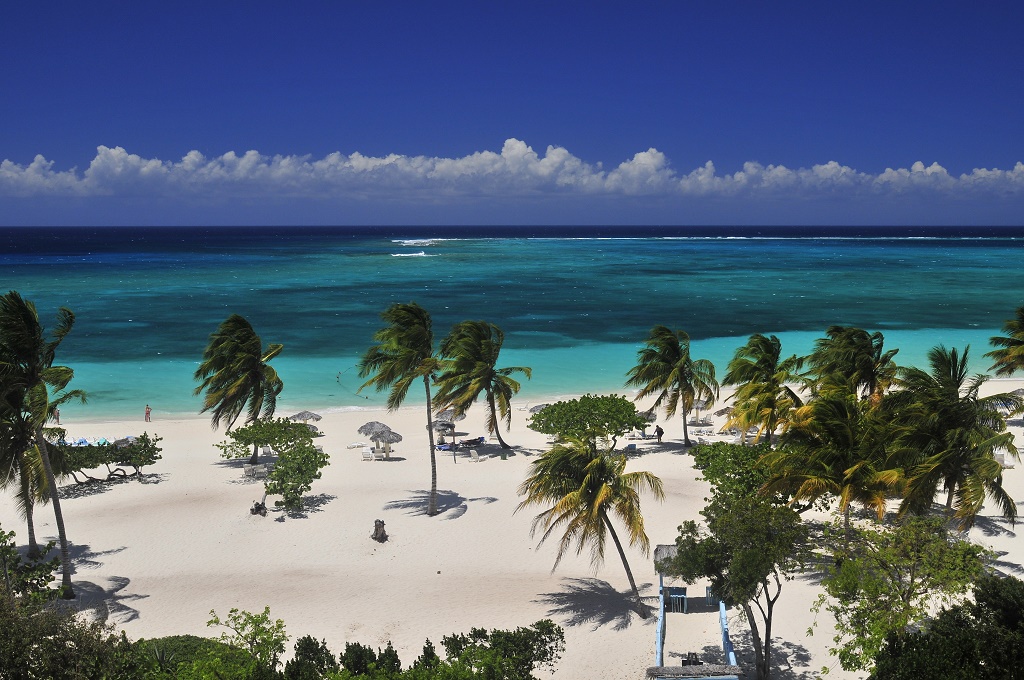
The beauty of Holguin beach resorts, the impressive array of Holguin attractions, and the pleasant countryside have made the town and surrounding province one of the most visited areas in Cuba. The town of San Isidore de Holguin Cuba (commonly known as just Holguin) is named after Captain Garcia Holguin, a 16th century Spanish settler. Incorporated in 1720, the town grew in importance in the 19 th century as a center of sugar production and fruit cultivation.
Trinidad
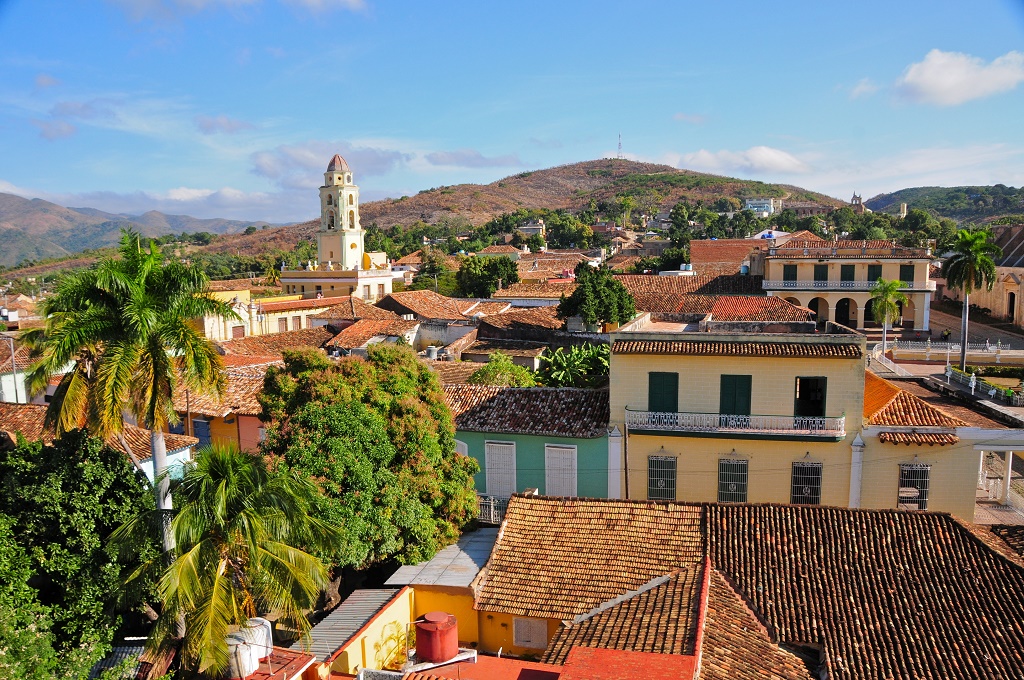
Trinidad and the Valley de los Ingenios has been on UNESCO’s World Heritage list since 1988 and for good reason. From incredible views and breathtaking rainbows overlooking the lush local grounds to beaches and calm ocean breezes, if you want the perfect relaxing scene, you will find it right here. And as the city was initially founded on December 23 rd , 1514, this makes it one of the oldest cities in the entire Caribbean.
Beach holidays
Culture packages
Entering this website you automatically agree the following terms and conditions even if You are not a registered user of the site. Images shown on the website, country and travel specifications, as well as the webdesignes are subject to copyright protection, Elegant Enterprises are All rights reserved. Prohibited the website all or partial copy, store, use, distribution and sale, without the written consent of the copyright owner of this website (Elegant Enterprises)